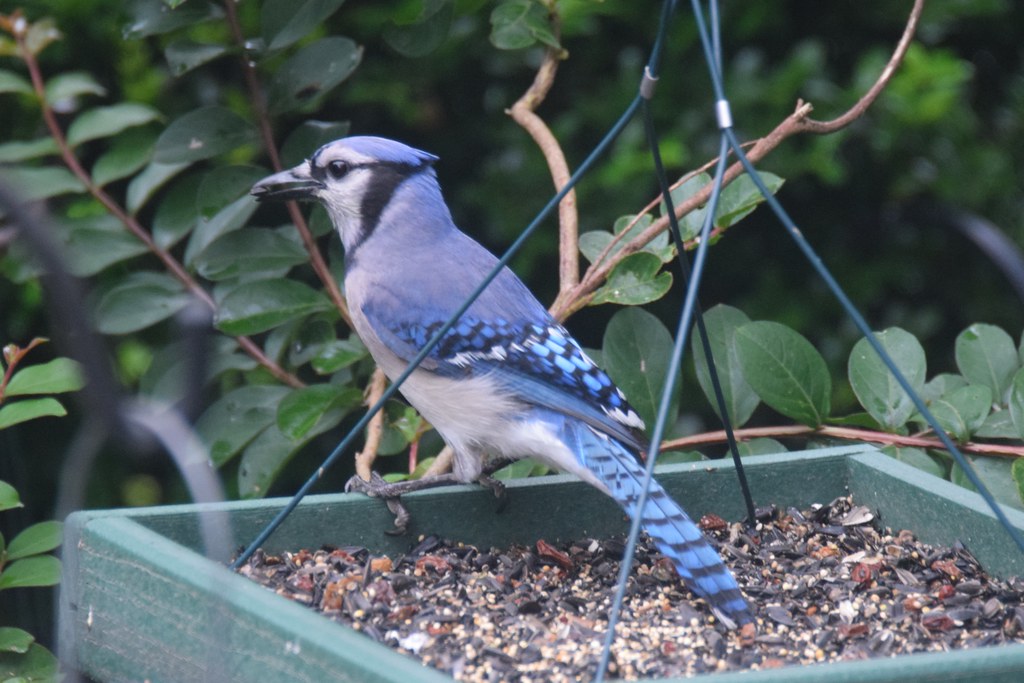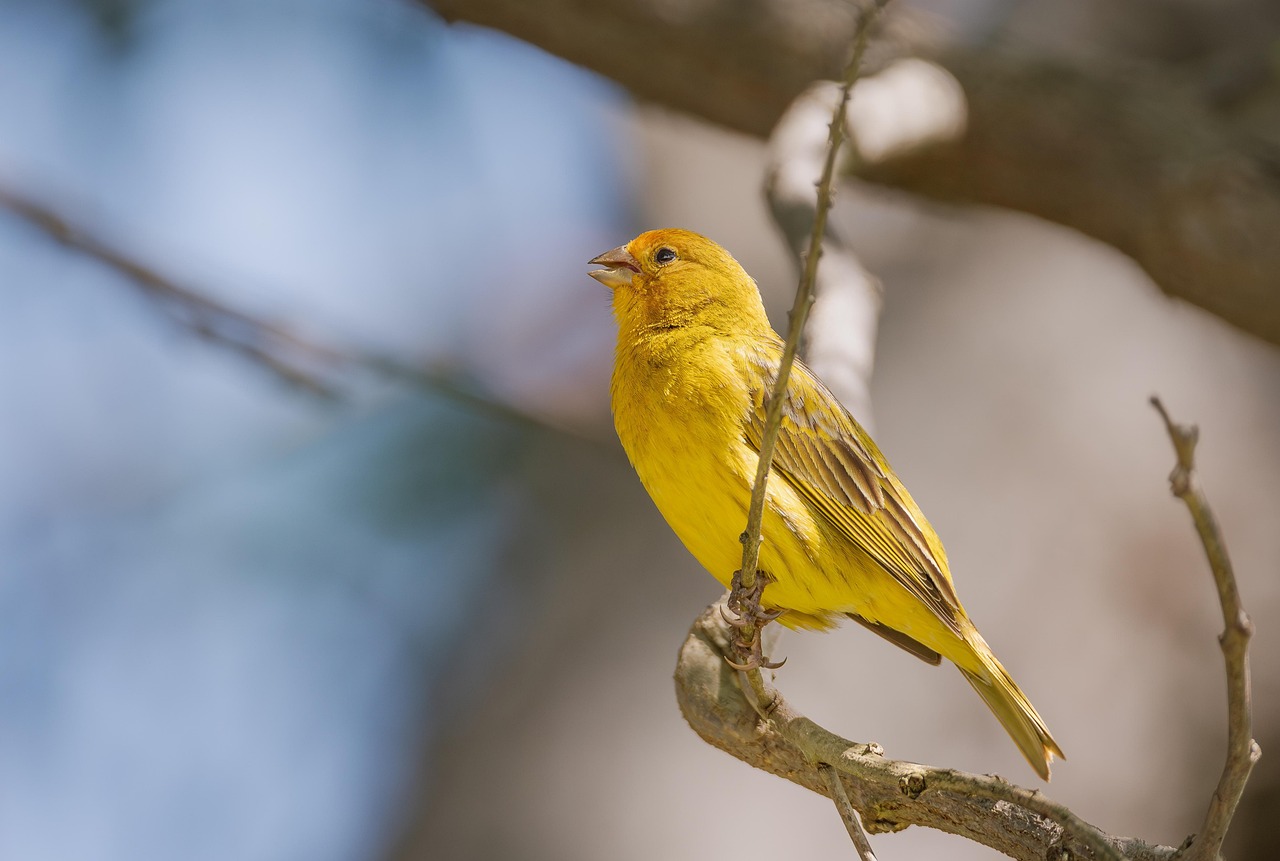Imagine stepping into your garden and being greeted by a symphony of chirps, whistles, and melodies, no matter the season. Certain birds become the heart and soul of our backyards, offering beauty and song throughout the year. Let’s meet these feathered friends who make our gardens their perennial homes.
The Northern Cardinal: A Splash of Red in Every Season
With its brilliant red plumage and distinctive crest, the male Northern Cardinal is a sight to behold against any backdrop. Females, though more subdued in brown tones, exude elegance with their red-tinged wings and tails. These birds are not just about looks; their melodious songs fill the air, especially during dawn and dusk. Cardinals are year-round residents in the eastern and central U.S., thriving in woodlands, gardens, and city parks. They have a penchant for sunflower seeds, so keeping your feeder stocked can ensure their frequent visits.
American Robin: The Early Bird That Stays Late
Often associated with the arrival of spring, the American Robin is, in fact, a year-round visitor in many regions. Recognizable by its orange-red breast and cheerful song, this bird is a common sight on lawns, foraging for worms and insects. Robins are adaptable, thriving in both rural and urban settings across the U.S. and Canada. Their diet shifts with the seasons, from insects in the summer to berries in the winter, making them versatile guests in our gardens.
Blue Jay: The Bold and the Beautiful

With striking blue feathers and a loud, jay-jay call, the Blue Jay is hard to miss. These intelligent birds are known for their complex social behaviors and can even mimic the calls of hawks. Found year-round in the eastern and central U.S., Blue Jays are frequent visitors to feeders, especially those offering peanuts and sunflower seeds. Their presence adds a splash of color and a touch of mischief to any backyard.
Black-capped Chickadee: The Tiny Acrobat
Weighing just half an ounce, the Black-capped Chickadee is a small bird with a big personality. Recognizable by its black cap and bib, white cheeks, and gray back, this bird is a year-round resident in northern North America. Chickadees are curious and friendly, often feeding from human hands. They have a varied diet, including seeds, berries, and insects, and are particularly fond of suet feeders.
White-breasted Nuthatch: The Upside-Down Climber
The White-breasted Nuthatch is known for its unique behavior of creeping headfirst down tree trunks. With a white face and underside, bluish back, and a black cap, this bird is a common sight in deciduous forests and suburban areas. They are year-round residents across much of the U.S. and are frequent visitors to feeders, especially those offering sunflower seeds and suet.
Carolina Wren: The Vocal Virtuoso
The Carolina Wren is a small bird with a loud voice, often heard before it’s seen. With reddish-brown plumage and a distinctive white eyebrow stripe, this bird is a year-round resident in the southeastern U.S. They prefer dense vegetation and are often found in gardens and brushy areas. Carolina Wrens are insectivorous but will visit feeders offering suet and mealworms.
House Finch: The Adaptable Songster

Originally native to the western U.S., the House Finch has expanded its range across the country. Males are recognizable by their red heads and chests, while females are brown-streaked. These social birds are often seen in noisy groups, frequenting feeders stocked with sunflower seeds. They are year-round residents in many areas, bringing their cheerful songs to backyards nationwide.
Downy Woodpecker: The Diminutive Drummer
The Downy Woodpecker is the smallest woodpecker in North America, with a black-and-white checkered pattern and a small bill. Males have a small red patch on the back of their heads. These birds are year-round residents across the U.S. and are common visitors to suet feeders. They can also be seen pecking at tree trunks in search of insects.
Red-bellied Woodpecker: The Misleadingly Named Visitor
Despite its name, the Red-bellied Woodpecker’s most noticeable red feature is the cap and nape of the neck. These birds are year-round residents in the eastern U.S. and are frequent visitors to feeders offering suet and peanuts. They are known for their distinctive rolling call and their habit of storing food in tree crevices.
Tufted Titmouse: The Energetic Forager
The Tufted Titmouse is a small, gray bird with a distinctive crest and large black eyes. They are year-round residents in the eastern U.S. and are common visitors to feeders, especially those offering sunflower seeds. These birds are known for their energetic foraging behavior and their loud, clear whistles.
By welcoming these avian MVPs into your garden, you not only enjoy their beauty and songs but also contribute to the local ecosystem. So, keep those feeders filled, plant native shrubs, and enjoy the company of these feathered friends all year round.
